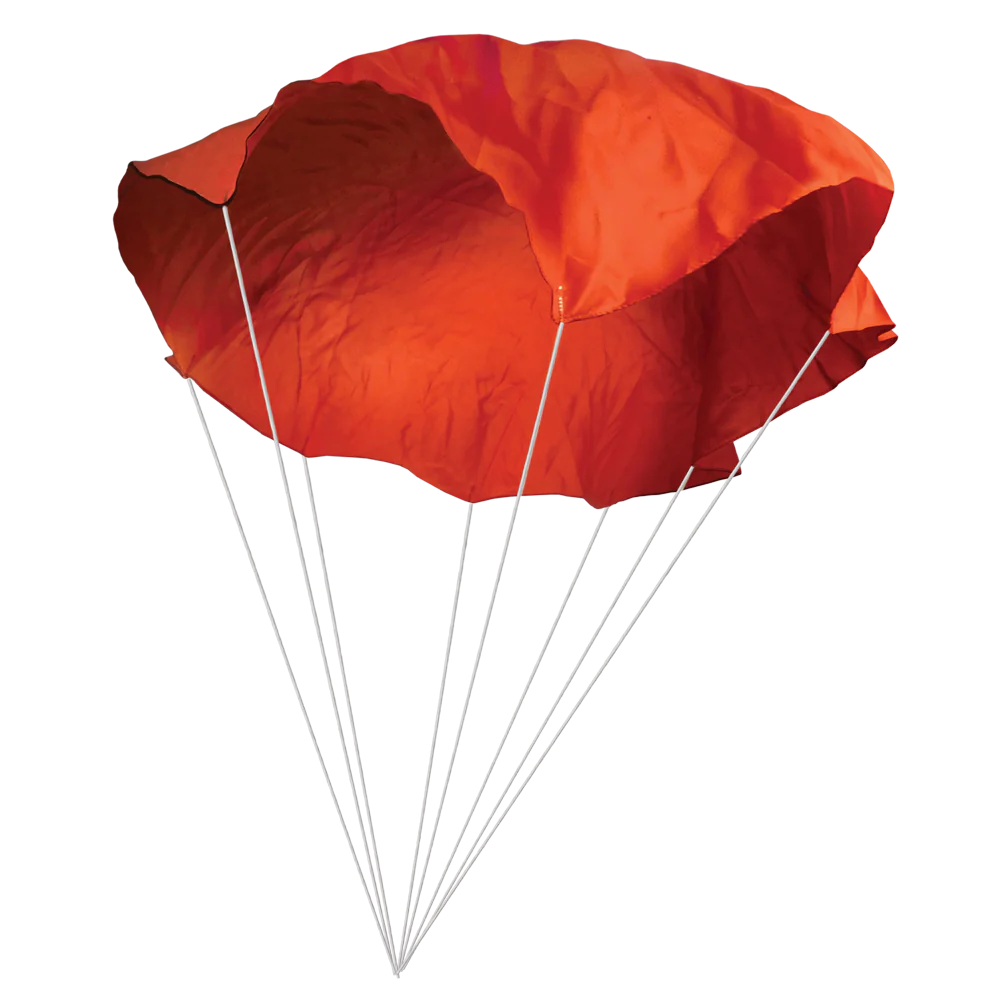Rocket recovery systems are essential for safely bringing a rocket back to Earth after its launch. These systems ensure that the rocket or its components return in one piece, preventing damage and allowing for reusability, which is a key factor in rocket science and hobbyist rocketry.
What Are Rocket Recovery Systems?
In rocketry, a recovery system is designed to slow down the rocket’s descent after it has completed its flight. Without a recovery system, a rocket would fall to the ground at high speeds, often resulting in a crash landing that could destroy valuable equipment. The goal of any recovery system is to ensure a soft, controlled descent, minimizing damage to the rocket and its components, such as the engine and electronics.
Parachutes: Slowing the Descent
Parachutes are the most common recovery system used in model rocketry projects. The parachute works by increasing the surface area of the rocket during its descent, creating drag that slows down the rocket’s fall.
How Parachutes Work
When a rocket reaches its peak altitude (apogee), the parachute is deployed, typically through a small explosive charge. The parachute opens and creates a large surface area that interacts with the air, creating significant drag force. This drag force counters the gravitational pull on the rocket, slowing its descent.
There are different types of parachutes used in rocketry, but the most common are:
Flat Circular Parachutes: These are the most basic and common type of parachute. They open quickly and provide decent stability.
Toroidal Parachutes: These are ring-shaped parachutes that provide stable, controlled descents with low oscillation and are often used for larger rockets.
Parachute Physics
The physics behind parachute deployment is largely based on drag. The larger the parachute, the more drag it produces, and the slower the rocket falls. The shape of the parachute, the speed of deployment, and the altitude at which it’s deployed all influence its effectiveness. If the parachute deploys too early or too late, or the parachute lines become tangled, the rocket could experience excessive velocity during descent, which could result in damage.
Streamers: A Simpler Alternative
While parachutes are the most well-known recovery system, streamers are another option, often used for smaller rockets. Streamers are strips of material, typically lightweight plastic, that are attached to the rocket. Upon deployment, these strips unfurl and create drag, though to a lesser extent than a parachute.
How Streamers Work
Streamers function similarly to parachutes in that they increase the surface area of the rocket, creating drag and slowing its descent. However, because they don’t have the same surface area as a parachute, streamers typically result in a faster descent.
The key benefit of streamers is their simplicity and reliability. They don’t require the same precision in deployment as parachutes and can be more effective in windy conditions. Streamers are also less likely to become tangled during deployment.
Streamer Physics
Streamers create drag, but not to the extent that parachutes do. The primary factor here is that the smaller surface area means the rocket will descend faster, but the deceleration will still be enough to prevent significant damage on impact. Because streamers don’t require much deployment force, they’re a great option for small model rockets or situations where a softer landing isn’t as critical.
The best streamer size for the slowest descent has a length-to-width of 10 to 1. A streamer that is one inch wide should be at least 10 inches long. A two inch wide streamer should be at least 20 inches long, and so on.
Comparing Parachutes and Streamers
Parachutes
- Slower descent, resulting in a softer landing.
- More complex to deploy (requiring a mechanism to open the chute).
- Better for larger or more valuable rockets, where damage minimization is critical.
- Can be prone to tangling or failure if not properly packed.
Streamers
- Faster descent, resulting in a less soft landing.
- Simpler and lighter than parachutes, often requiring less deployment force.
- Ideal for smaller rockets or where cost and simplicity are priorities.
- Less prone to tangling compared to parachutes.
Old School: Nose-Below
A nose-below rocket recovery is a method of recovering a rocket where the nose cone separates from the rocket but is still connected with the shock cord. The tumbling motion of the falling rocket and nose cone creates some drag, slowing the rocket down to a somewhat controlled landing. This method is strictly limited to smaller rockets or when a rapid descent is desired. The rule of thumb is nose-below is used for rockets weighing less than 60 grams (2 ounces).
Conclusion
Both parachutes and streamers serve the same basic function: slowing down a rocket’s descent to prevent damage upon landing. Parachutes, with their larger surface area and slower descent, are ideal for larger rockets and those designed for reuse. Streamers are often used in smaller rockets where simplicity, weight, and cost are more important than a soft landing. The nose-below method is the least effective of the three. Personally, I would not recommend that method.
Choosing the right recovery system depends on your rocket’s size, purpose, and the level of risk you’re willing to accept. Understanding the physics behind parachutes and streamers can help rocket enthusiasts design better, safer, and more efficient recovery systems for their launches. Happy flying!


